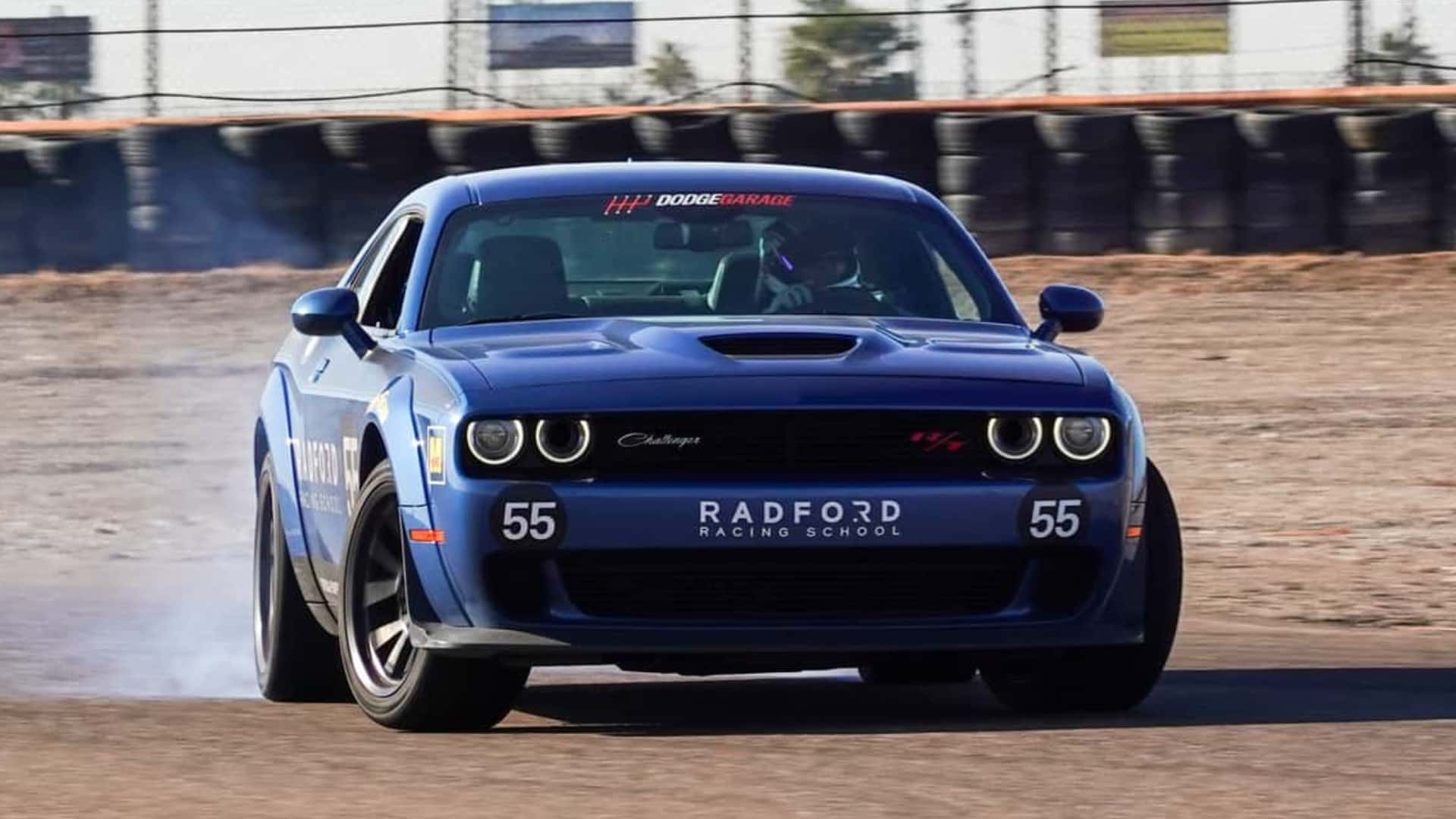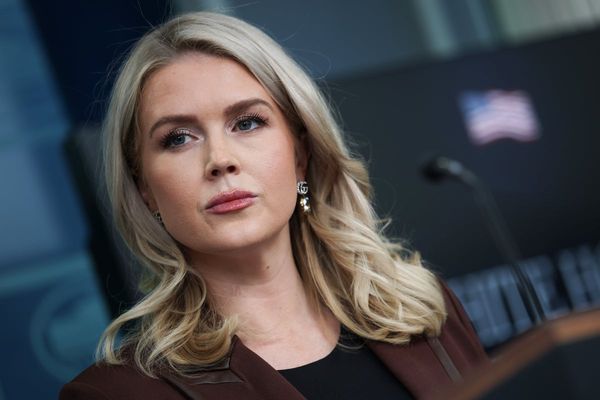
Hardcore track and amateur racing people often scoff at racing school. "Why would I need racing school?" They wonder. "I do so many track days." Or, it could be that you’ve done dozens of LeMons, Lucky Dog, or Champ Car races—it's all the same. The general attitude in amateur paddocks across the country is that racing school is a waste of money. Just spend it on more track time.
I was one of those people, then I got invited to do Radford Racing School’s four-day GT Road Racing SCCA licensing course.

I won't lie, my pride got the best of me. I saw an opportunity to get an SCCA Full Competition license without having to do all of the club’s minimum race start and probationary requirements. All I had to do was simply complete four days of driving Radford’s Dodge Challenger Scat Pack school cars, do some basic stuff, and head home with a shiny new certificate saying that I was somehow better than before.
Experience, I thought, was better than instruction. I’ve already spent thousands going racing, how is a $7,000 course really going to improve me over spending that money on a couple of race weekends? I’ve done hundreds of days at the track, one of my best friends is a pro IMSA driver, yadda yadda, typical track day guy hubris.

That tone changed once I landed at Radford’s facility in Chandler, Arizona, and realized the caliber of my instructor. For our group of students, there was a small team of two head instructors and two assistant instructors handling us. The head instructors were proper racers: BJ Zacharias, a multiple SCCA championship winner and longtime ALMS, Grand Am, and IMSA Continental challenge driver, and Spencer Bucknum, the 2023 SRO TC America champ and current McLaren Trophy driver. True professionals were teaching these courses, not your local HPDE instructor or autocross guy.
The first two days of the course were largely warmup and evaluation exercises to teach us the bare bones basics, things that most of us think we know but actually don’t. Some of the exercises, like choosing a lane based on last-minute traffic light illumination, were focused on road safety. Others, like the specially designed skid car that could unweigh the front or rear tires using a specially designed frame, were designed to test gentle car control and the delicate loading that the front and rear tires see with throttle and brake.
Then the real deal exercises, like stopping at a specific cone at a specific brake pressure, were thoroughly designed to teach a core tenet of driving: Braking. All of it was to prepare us for days three and four, which were all done on Radford’s main track, east track, and autocross course.

True professionals were teaching these courses, not your local HPDE instructor or autocross guy.
While those early exercises were a surprising revelation, the real meat of the school was on those last two days. This is where the instructors could properly review data and technique, and offer advanced instruction. The biggest thing Zacharias and Bucknum drilled into everyone was the importance of braking, and everything that follows it. And not just braking hard, or braking points, but the actual granularity of good braking. Trail braking is a buzzword tossed around a lot, but I feel that the popular understanding of trail braking is limited. The way both instructors taught it was extremely high-level.
I’ve always understood trail braking in concept, and I practice it plenty in simulators like iRacing to decent effect. But Radford truly drilled what I needed to know into my head, and this is where the unusual choice of Dodge Challenger for the school car really made sense.
A Challenger doesn’t really want to turn, and using brake pressure to make the front axle work is critical to cornering the heavy, lumbering thing. But on the crappy (and specifically chosen because of this, according to Zacharias) Cooper Zeon RS3 rubber, you can’t use too much brake pressure, or it will overwhelm the tires. With these restrictions, I found a revelation: I was abusing the brakes and never actually trail braking.

It’s extremely subtle, but true trail braking depends on the car. Some cars might take 40 percent brake pressure to the apex, others take zero, and some will take 5 percent. The Challenger accepted almost any brake pressure, but it would show you the physics at play. A 5-10 percent trail neatly tucked the Challenger’s nose to apex, utilizing the tire’s full grip and rotating the car plenty without removing too much load from the rear axle.
Zero percent meant that the Challenger simply didn’t turn, while 40 percent pressure turned the Challenger into a drift machine, or an understeer machine, depending on how I worked the wheel. A quicker initial steering input overwhelmed the front tires and sent the car into understeer, but a slow, gradual build into steering unloaded the rear tires as the front was building grip, transitioning into a graceful slide.
Zacharias worked closely with us to nail this down, doing multiple drills and showing just how responsive the cars were to braking. He’d break the pressure down into numbers from 1-10, 10 being the most intense and 1 being the least. Without saying complicated racing driver words like "brake shape," he effectively taught that lesson. He even tossed an AiM Solo 2 in each of our cars to see how we were driving, and effectively decoded what each student was doing in the car.


Over two days, two tracks, and more than ten total hours of track time, I honed these new skills. Not only were the instructors top-notch—I got more track time than I knew what to do with. I drove for lap time, tried a lot of drifting, and everything in between. It allowed me to have quality time with the car and helped me work on my method, all under the watchful eye of two skilled instructors. To say I was proven wrong about racing school is an understatement. I actively got quicker after my time at Radford, even with my fairly deep racing and driving experience.
Visiting Radford was like getting a new pair of glasses and being able to see more clearly–I learned a method rather than an easy trick. It’s something I can continually build on and practice. So yes, even for a hardcore track day and racing guy like me, racing school turned out to be an invaluable experience. And I have a shiny new SCCA Full Competition license to go do some more serious racing with.







